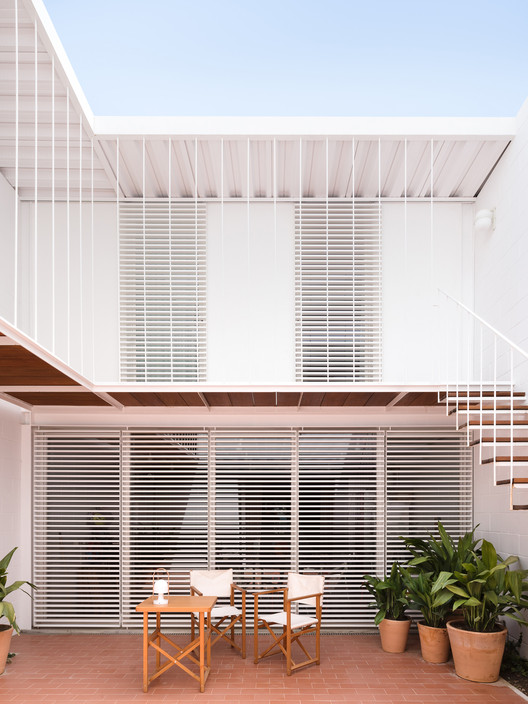
-
Architects: OAB
- Area: 289 m²
- Year: 2016
-
Photographs:Alejo Bagué, Joan Guillamat

Text description provided by the architects. The house is situated on Port de la Selva Bay, on the northern coast of Cap de Creus Natural Park, with its face to the sea and the Tramuntana wind. A building between party walls, the house takes account of the cultural legacy of the location and draws its inspiration from the F. Correa and A. Milá’s Villavecchia House and J.A. Coderch’s Senillosa House, both of them in the neighboring village of Cadaqués, these being examples of a respect for the traditional while incorporating conveniences and features of the modern.


























